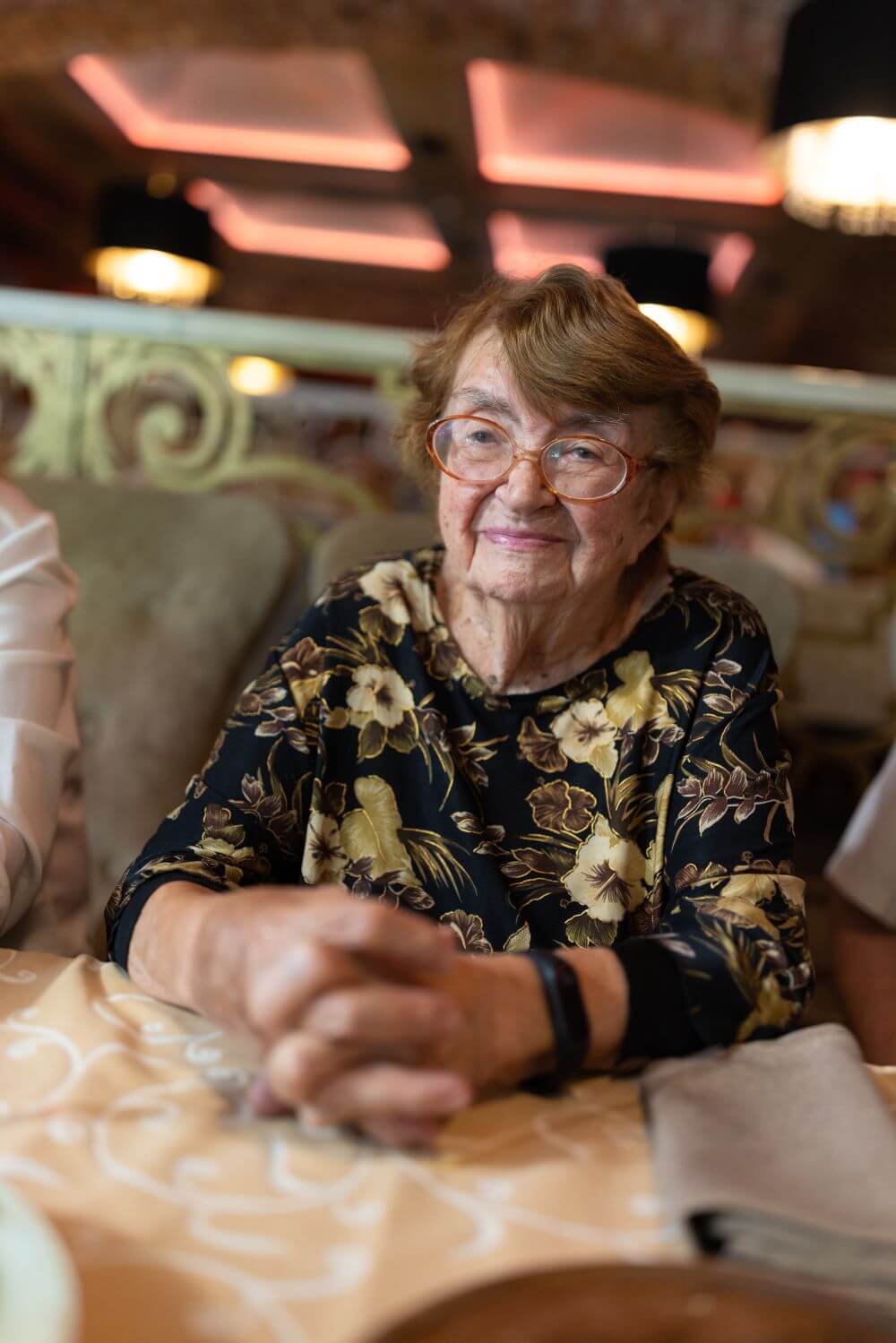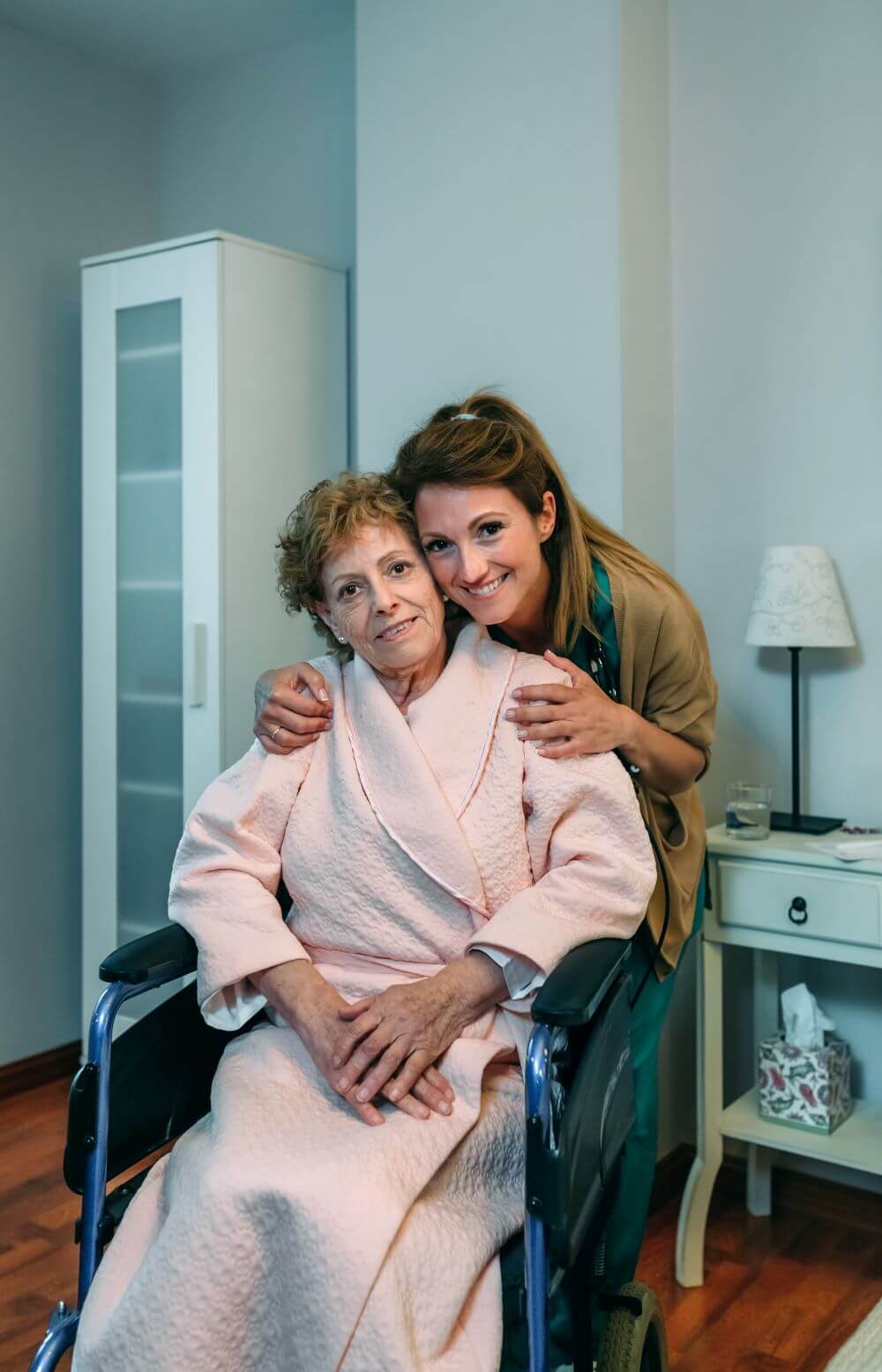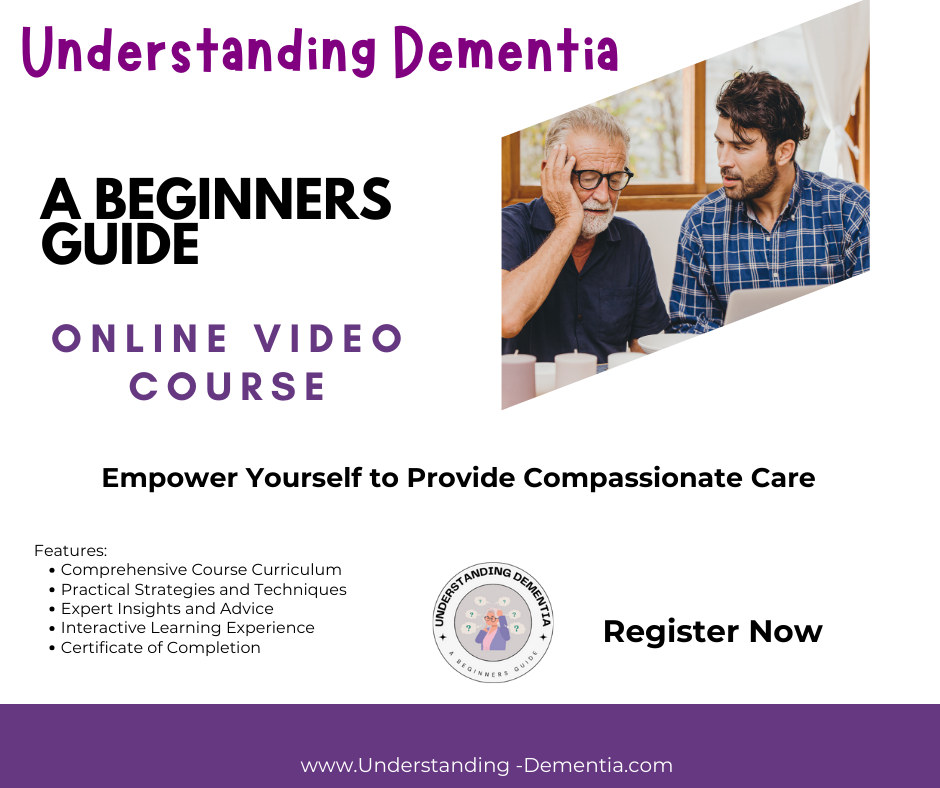What Dementia Taught Me About Patience
When I first became a nurse 30 years ago, I thought I understood what patience meant. I’d waited in long lines, navigated difficult conversations, and handled frustrating customers. But nothing could have prepared me for the kind of patience dementia would demand—the kind that reshapes you from the inside out.

The Early Days: Frustration and Helplessness
Years ago, I cared for a patient named Ethel who changed the way I understood not only dementia—but patience itself. Before working with her, I thought patience meant keeping calm in traffic or not snapping when plans fell apart. But dementia demanded a completely different kind of patience. One that doesn’t just wait—it adapts, accepts, and stays rooted in compassion.
Ethel was in her late 70s when I first began caring for her. She had once been a schoolteacher—sharp, articulate, fiercely independent. But when I started working at the nursing home where she lived, her world was already becoming fragmented. She’d lose her train of thought mid-sentence or forget that she’d already eaten lunch. At first, I tried to help her “hold on” to routines and reality. I corrected her gently, thinking it would help.
One day, she asked me where her husband John was. I reminded her that he had passed away several years before. The look of confusion—and then sorrow—on her face told me everything I needed to know: logic didn’t ease her confusion. It amplified her distress.

Redefining Patience
That day changed the way I approached care. I stopped focusing on fixing and started focusing on feeling—on understanding what she was truly experiencing. I began to study dementia more deeply—not just the symptoms, but the changes happening inside the brain. And that’s when I realized: dementia is so much more than just being forgetful.
It affects how people process emotions, how they interpret facial expressions, how they feel time, and even how safe they feel in their own bodies. Fear plays a much bigger role than I initially understood.
Sometimes, when she asked the same question five times in a row or insisted she needed to “find John,” it wasn’t stubbornness—it was fear. A fear of being lost. A fear of not belonging. A fear of losing control. That fear can come out as anger, confusion, or even resistance to care.
And once I understood that, everything shifted.
Patience became more than just not reacting. It became choosing to stay soft in moments that felt hard. It meant being emotionally present, not just physically there. It was listening without needing to correct. It was recognizing that what she needed most wasn’t accuracy—it was safety.
I learned that sometimes, the truth doesn’t serve love, especially if it causes pain. Telling her that her husband had passed might have been true, but it only reintroduced grief she had already lived through—over and over again. So instead, I learned to gently join her world.
Patience became about letting go of control. About meeting her where she was—whether that was 1952, waiting for her husband to come home from work, a classroom she once taught in, or a dream she had that morning. In those moments, time didn’t matter. What mattered was presence, warmth, and dignity.
Patience, I discovered, was an emotional muscle. And the more I understood her reality, the stronger it became.

Everyday Lessons in Letting Go
Ethel would sometimes ask me to help her prepare lesson plans or set up for class. She had been a teacher for over 40 years, and though dementia had taken many of her memories, her identity as an educator remained strong. At first, I hesitated. My instinct was to remind her she was retired. But each time I did, I saw the disappointment ripple across her face—the sense of something slipping away again.
So I stopped reminding. Instead, I started helping.
We’d gather blank papers, notebooks, and a few pens. She’d dictate imaginary assignments, and I’d pretend to jot them down. We’d line up books, make lists, and organize her “classroom.” Her hands, once restless with anxiety, found rhythm and calm in this simple ritual. She wasn’t confused—she was connected. In those moments, she had purpose.
And I learned something profound: her emotional reality mattered more than mine.
By stepping into her world—rather than trying to pull her into mine—I gave her back a piece of dignity that dementia was slowly eroding. She didn’t need correction. She needed companionship. She needed to feel needed. And I had the privilege of offering her that.
👉 Learn more about how dementia impacts a person’s need for purpose and identity HERE
One afternoon, after we finished “grading papers,” she looked at me and said, “You remind me of a student I used to have.” I smiled and replied, “That sounds like someone special.” She lit up, proud, joyful—alive. That one sentence held more connection than hours of trying to “orient” her ever had.
In that moment, I realized that letting go didn’t mean giving up. It meant releasing my need to be right, to correct, to tether her to a shared version of reality. It meant embracing hers, with grace.
Letting go became a form of love.
It was choosing to walk beside her, even when the path didn’t make sense to me. It was learning to listen with my heart instead of just my ears. It was understanding that even when the facts fade, feelings remain—and that’s where real connection lives.

Emotional Growth and Unexpected Gifts
My experience with Ethel extended beyond clinical practice. It changed how I treated others. Over time, I noticed something strange: I had become more patient with everyone—my partner, coworkers, even strangers. What once irritated me now seemed small.
Patience wasn’t draining me; it was expanding me.

What I Want Other Dementia Caregivers to Know
If you’re supporting someone with dementia—whether as a professional or family member—here’s what I’ve learned:
- Let go of being right. Your goal isn’t correction—it’s connection.
- Educate yourself. Courses like Understanding-Dementia can make all the difference. Learn more HERE.
- Track what you see. Tools like the Caregiver’s Notebook help identify triggers and reduce stress for both of you. Learn more HERE.
- Join their world. Even if it’s imaginary, it’s real to them.
- Practice self-care. Patience grows best in rested, supported people.

Tracking Changes, Reducing Stress
Over time, I began to track her behaviors—what seemed to soothe her, what triggered agitation, and what times of day were more challenging. These patterns revealed so much. With each entry, I gained a clearer understanding of her needs, which led to more consistent, calm care.
That experience inspired me to create a tool for other caregivers facing the same challenges. I developed an app specifically to help dementia caregivers track daily observations, medication changes, mood shifts, and behavior patterns—because I knew firsthand how powerful that insight could be.
Before the app, I used resources like the Caregiver’s Notebook to manually record everything. It worked, but I wanted to make the process easier, more accessible, and tailored to the realities of caregiving.
Understanding and tracking didn’t just reduce stress—it made room for more compassion, better communication with care teams, and more peaceful days for both of us. That’s what I hope this app offers to others on the same journey. Learn more about ALZlog app HERE.
Conclusion: A Quiet Strength
Dementia may take memories, but it also gives unexpected lessons. The most profound one, for me, was patience—not the passive kind, but the active, powerful kind that sits beside someone in silence and says, “I’m here. No matter what.”
Dementia may blur the lines of memory and time, but through it, I found clarity.
Patience isn’t just a virtue. In the world of dementia care, it’s a lifeline.
Hi, I'm Larea, I am a Registered Nurse specializing in Dementia Care, with 30 years of experience supporting dementia patients and their families. Over the years, I have provided care in diverse settings, including homes, hospitals, nursing homes, assisted living facilities, and hospice. My passion is guiding caregivers, sharing my knowledge and experience to help them navigate the challenges of dementia care with confidence and compassion.









0 Comments